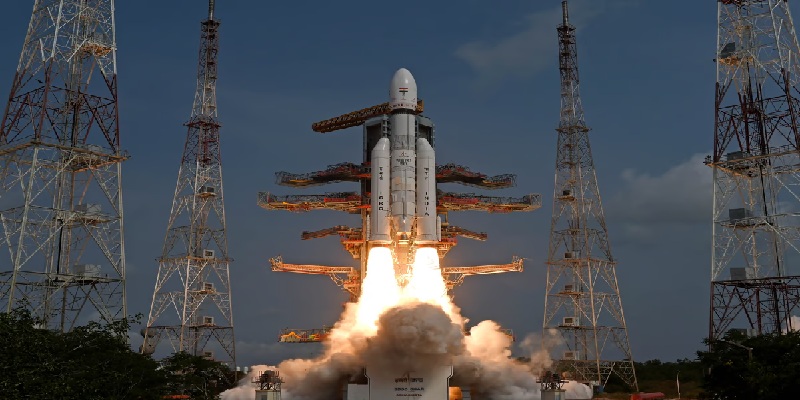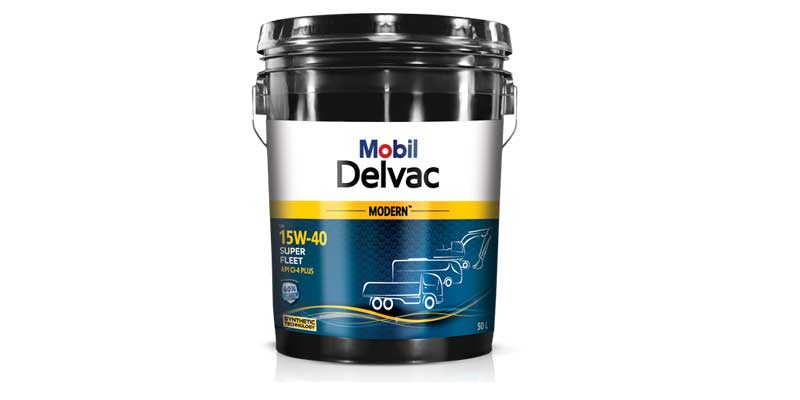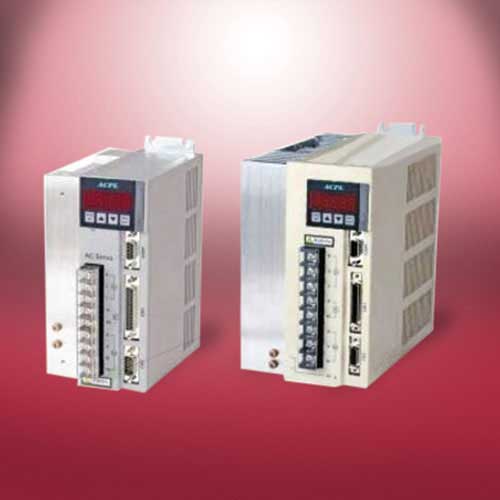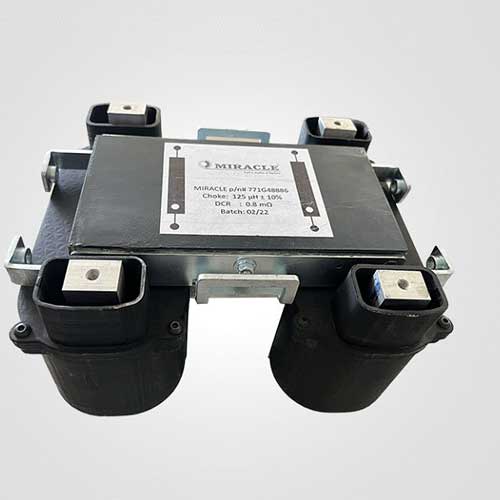Schedule a Call Back
Smaller, self-contained electricity grids are the need of the hour
 Interviews
Interviews- May 01,18
Related Stories

Government allows 100 per cent FDI for manufacturing of components for satellites
Government allows 100 per cent FDI for manufacturing of components for satellites
Read more
Vipul Organics announces Q3 results for FY 2023-2024
Total Revenues in Q3 of 2023-24 stood at Rs 3761 Lakh, up 34.88% from Q3 of 2022-23.
Read more
Cutting Edge Lubrication Solutions for Indian Mining Segment
Exxon Mobil develops Mobil Delvac Modern™? 15W-40 Super Fleet to empower mining fleet operators to optimise their vehicle’s performance to obtain maximum output with utmost efficiency.
Read moreRelated Products

Servo Drives, Fully Digital
Bristol
Industrial Electronics offers optimum quality, fully digital servo drives.

Fluorescent Pigments for Traffic Cone
Aron Universal Limited offers a wide range of fluorescent
pigments for traffic cone.

D C Choke
Miracle Electronic Devices Pvt Ltd offers a wide range of D C choke.














